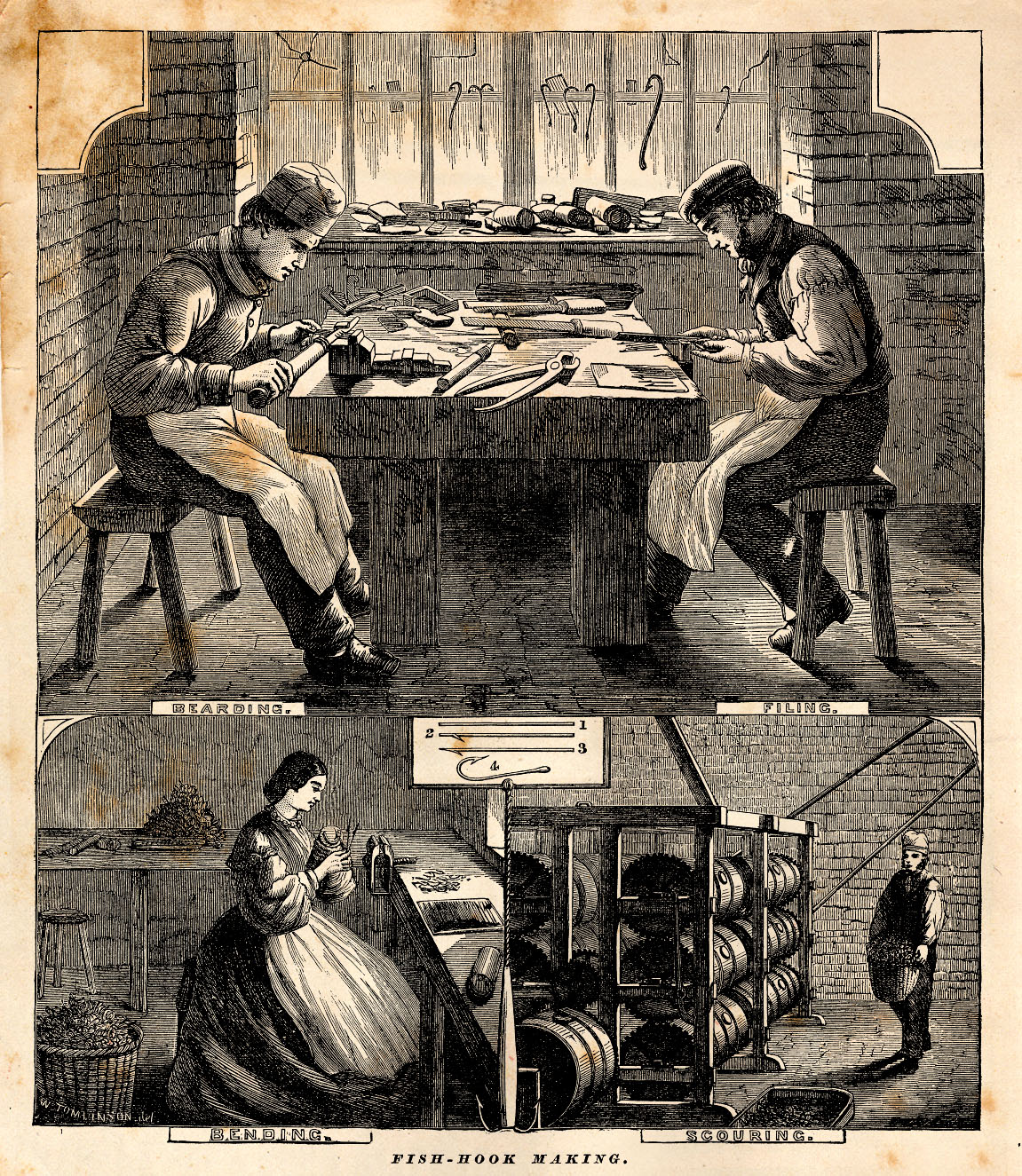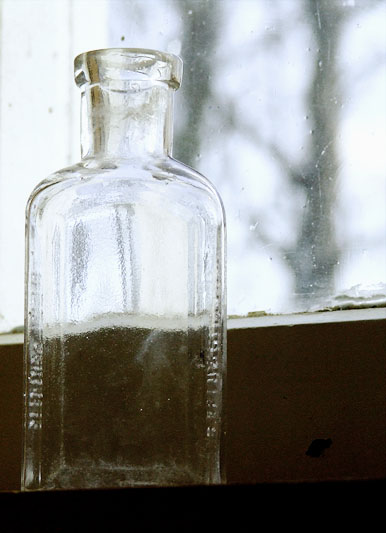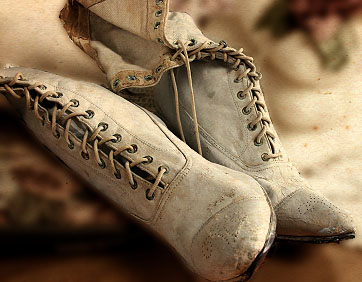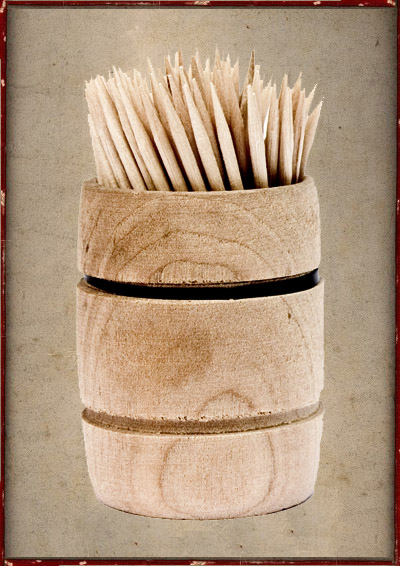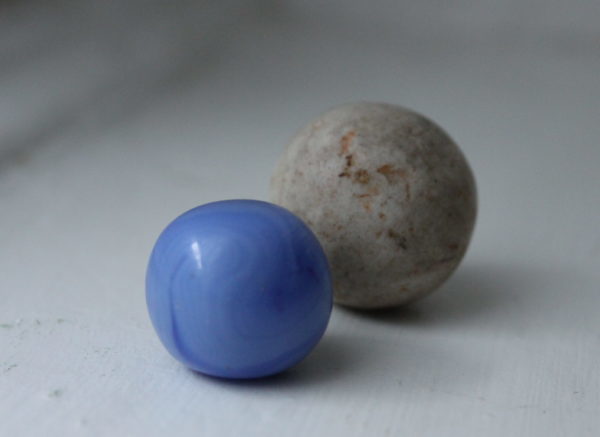How Fish-Hooks are Made
This article was found in The Manufacturer and Builder – February 1870 issue. It looks at how fish hooks were still being produced in the 1870s and near the end of the article it briefly compares to how they were made many years before this. The wire for making fish-hooks isContinue Reading

